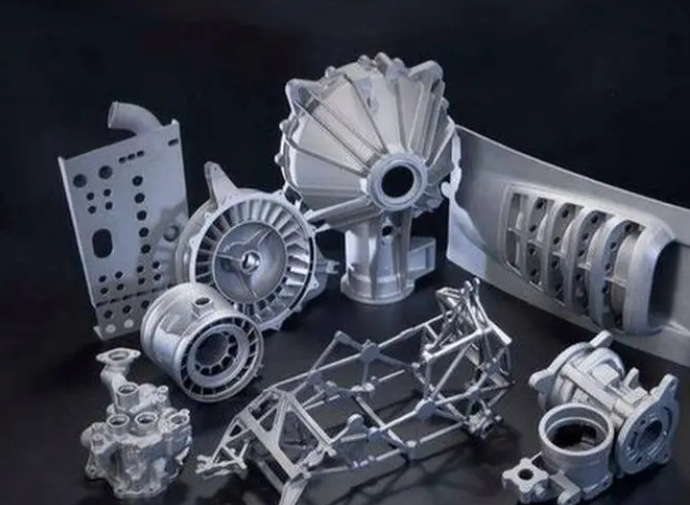Advancements in CNC Machining: Exploring Cutting-Edge Trends and Technologies+ View more
Advancements in CNC Machining: Exploring Cutting-Edge Trends and Technologies
+ View more
Date:2023-12-17 20:25
In the realm of modern manufacturing, Computer Numerical Control (CNC) machining stands tall as a cornerstone technology, continuously evolving to meet the demands of precision, efficiency, and innovation. As industries push the boundaries of what's possible, exploring the latest trends and technologies in CNC machining becomes crucial in understanding the cutting-edge advancements reshaping this landscape.

Evolution of CNC Machining
CNC machining has traversed an impressive journey, evolving from its inception to becoming the backbone of manufacturing across diverse sectors. Initially rooted in traditional numeric control systems, today's CNC machining embodies a synergy of computational power, automation, and advanced tooling.
Embracing Smart Controls and AI Integration
The integration of smart controls and artificial intelligence has been a game-changer in CNC machining. Enhanced algorithms and machine learning have revolutionized predictive maintenance, optimizing tool paths, and minimizing downtime. This amalgamation of data-driven decision-making and real-time adjustments elevates precision and efficiency to unprecedented levels.
Multi-Axis Machining: Precision Redefined
Advancements in multi-axis CNC machining have propelled the boundaries of complexity and precision. Five-axis and beyond configurations enable intricate geometries and contours previously unattainable. This flexibility not only expedites production but also opens doors for intricate designs in the aerospace, automotive, and medical industries.
High-Speed Machining: Redefining Productivity
The surge in high-speed machining techniques has transformed manufacturing dynamics. Utilizing specialized tooling and enhanced spindle capabilities, CNC machines achieve remarkable speeds while maintaining precision. This surge in velocity equates to reduced cycle times, bolstering productivity without compromising accuracy.
Hybrid Manufacturing: Merging CNC with Additive Techniques
The convergence of CNC machining with additive manufacturing presents a paradigm shift. This hybrid approach amalgamates subtractive and additive techniques, facilitating the creation of intricate parts with unparalleled precision and efficiency. The synergy of these methodologies broadens the horizon for prototyping and production.
Future Prospects and Industry Impacts
Looking ahead, the future of CNC machining is intertwined with digitalization and connectivity. Concepts like the Industrial Internet of Things (IIoT) and cyber-physical systems are set to further optimize processes, enhance predictive maintenance, and enable real-time monitoring, ushering in an era of interconnected smart factories.
Conclusion
In conclusion, the landscape of CNC machining continues to evolve at an unprecedented pace. The amalgamation of smart controls, AI integration, multi-axis capabilities, high-speed machining, and hybrid methodologies propel manufacturing into uncharted territories of precision, efficiency, and innovation. Embracing these advancements will be pivotal for industries aiming to stay at the forefront of a rapidly changing landscape.
CNC machining, with its ever-evolving technologies, stands as a testament to human ingenuity and technological prowess, reshaping industries and paving the way for a future where the impossible becomes routine.
Share to:
Recommend wonderful blog posts

